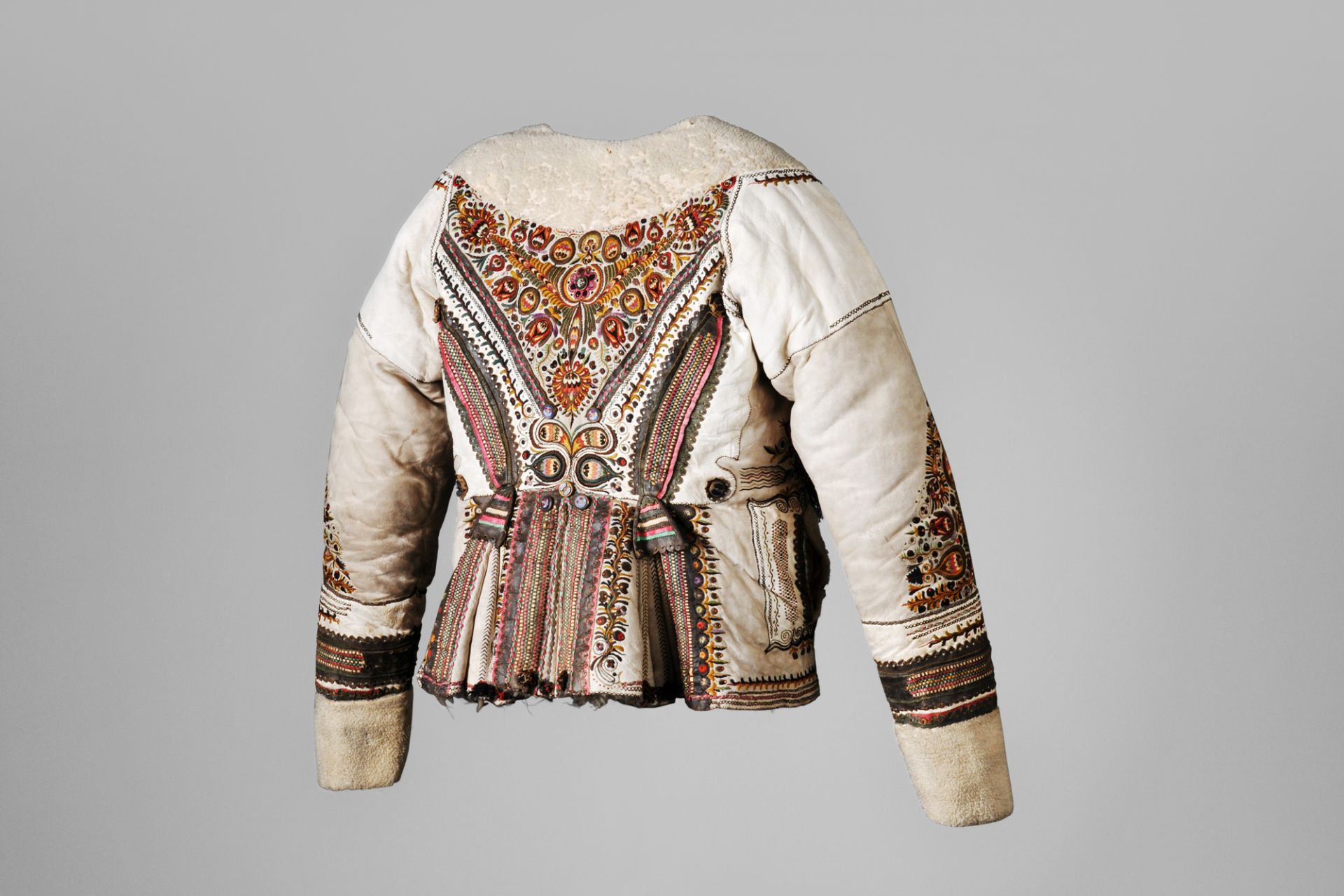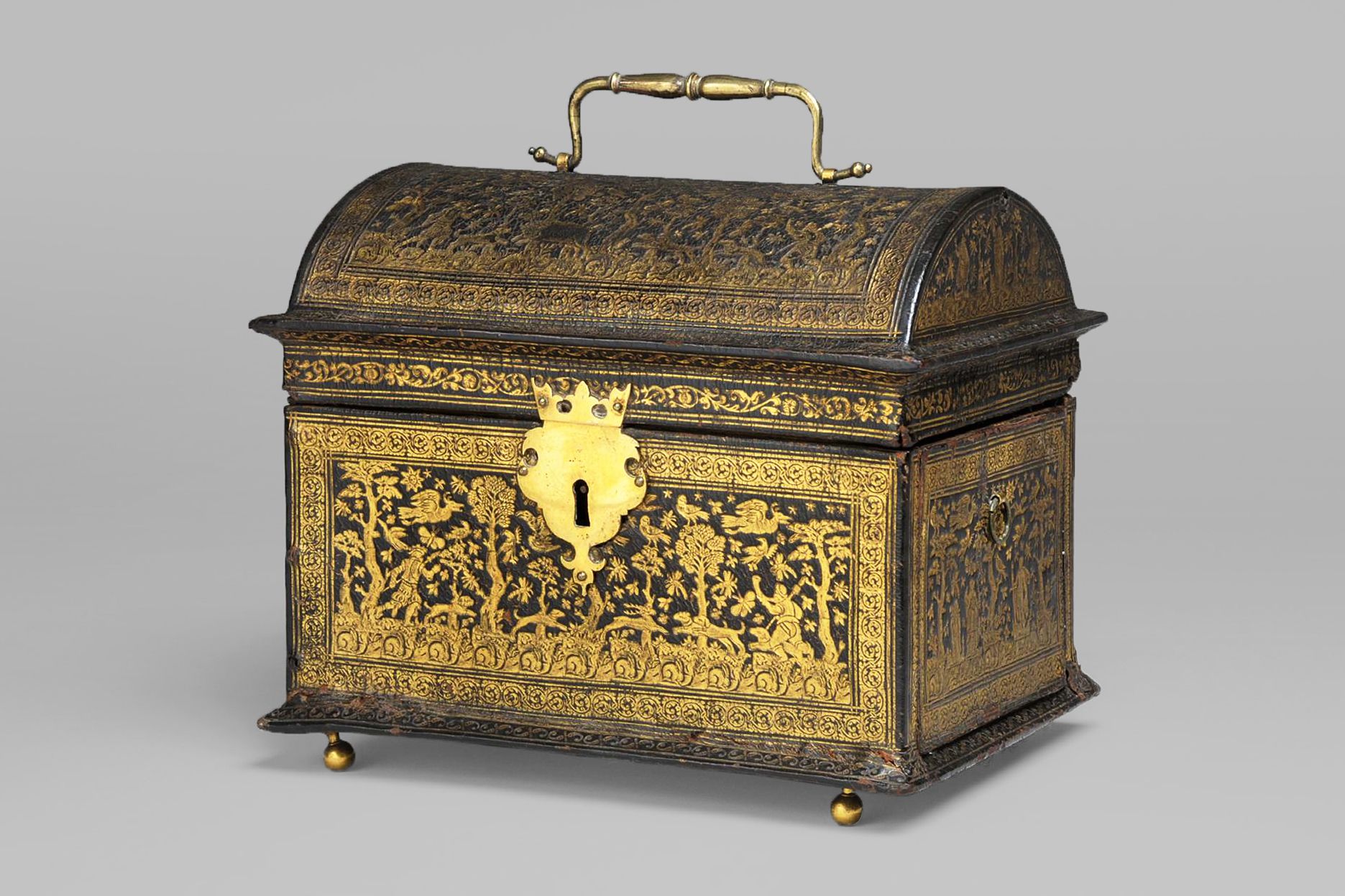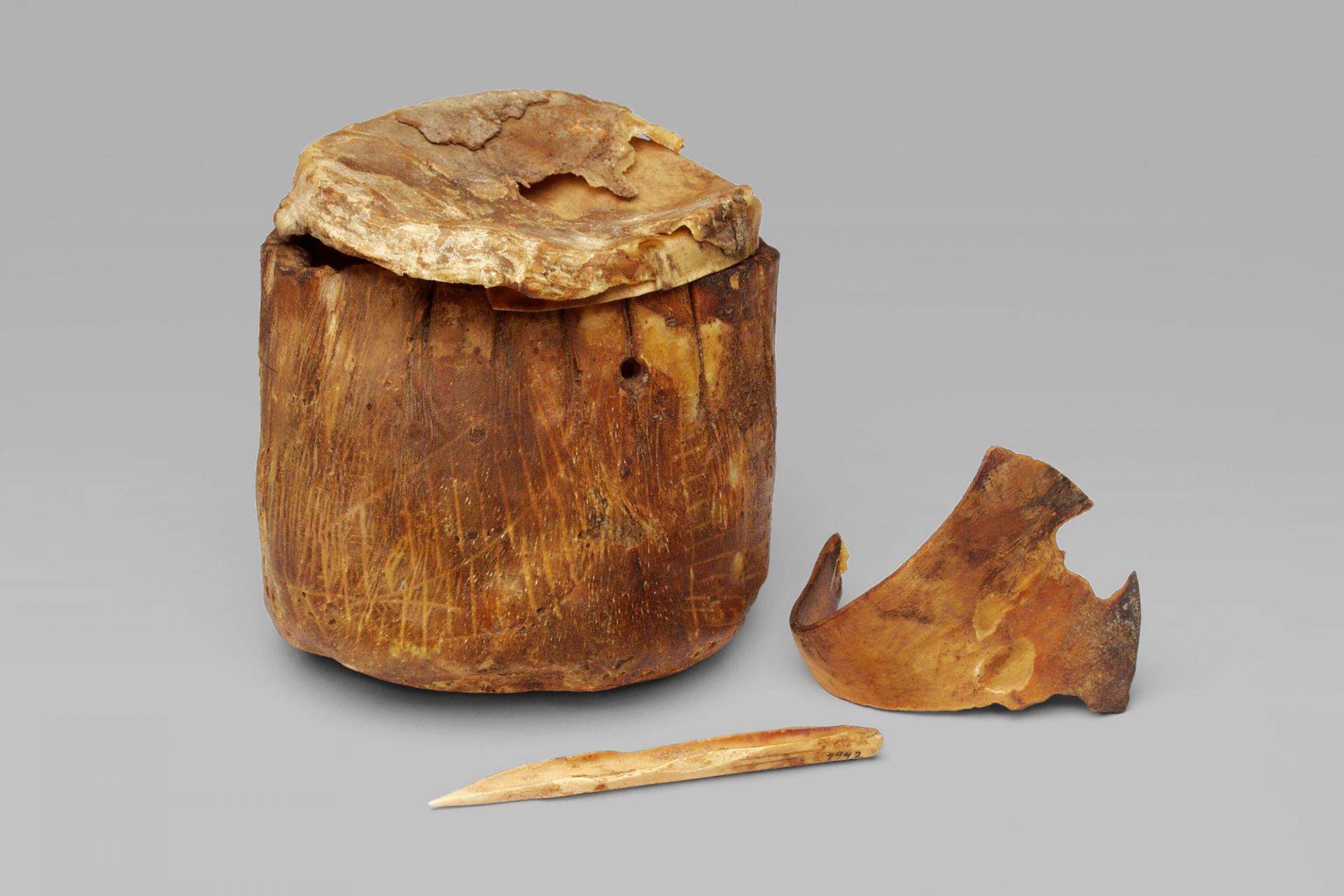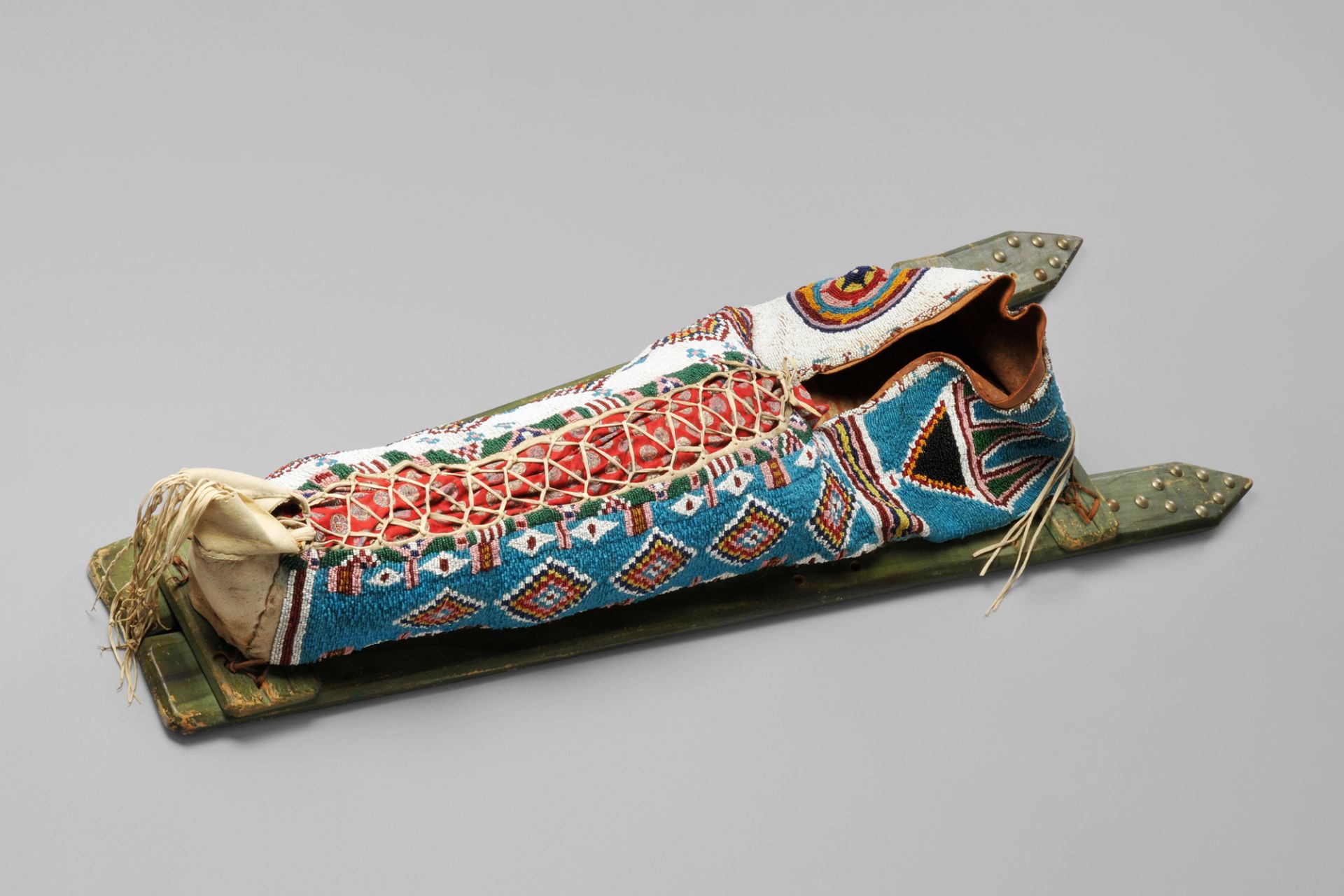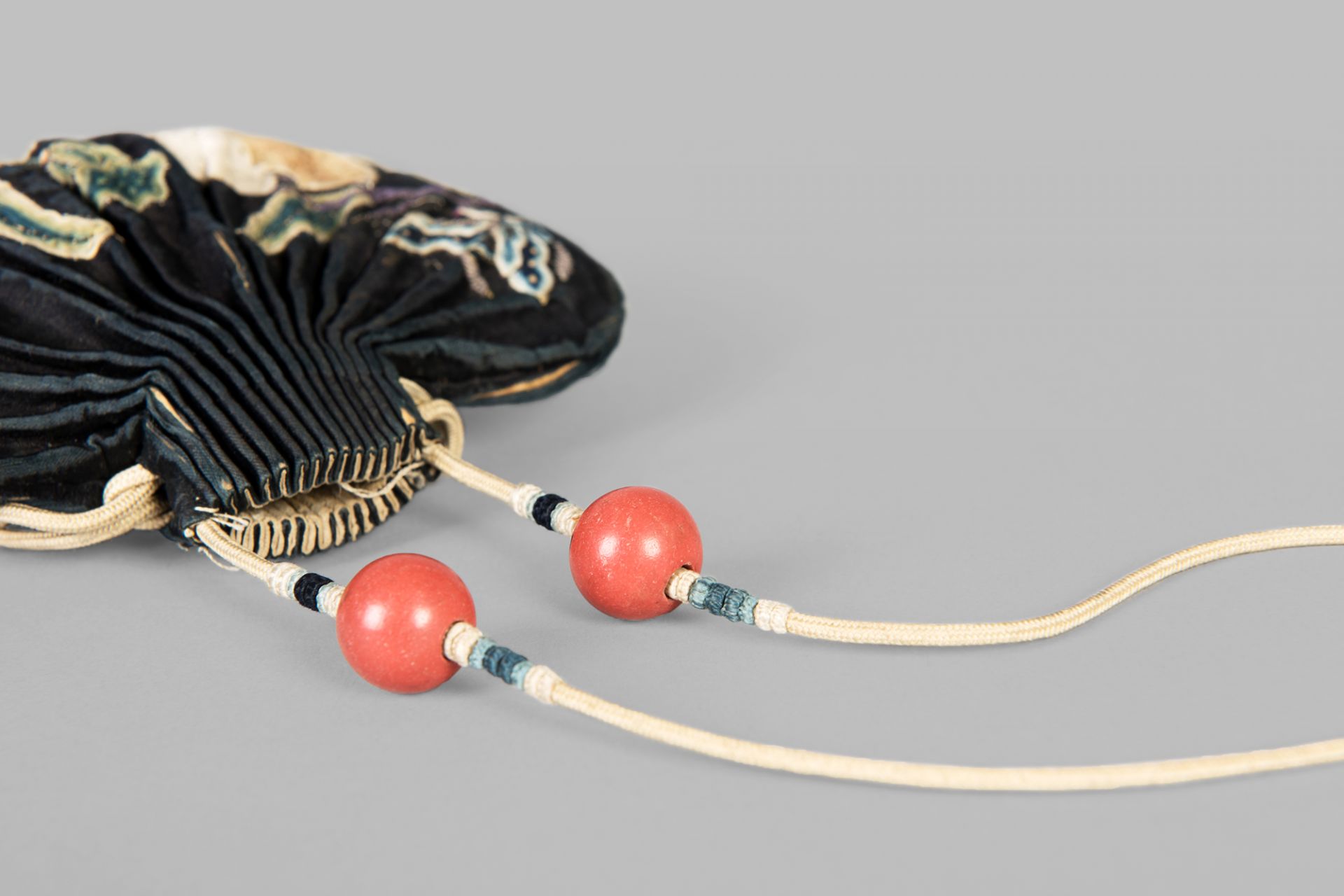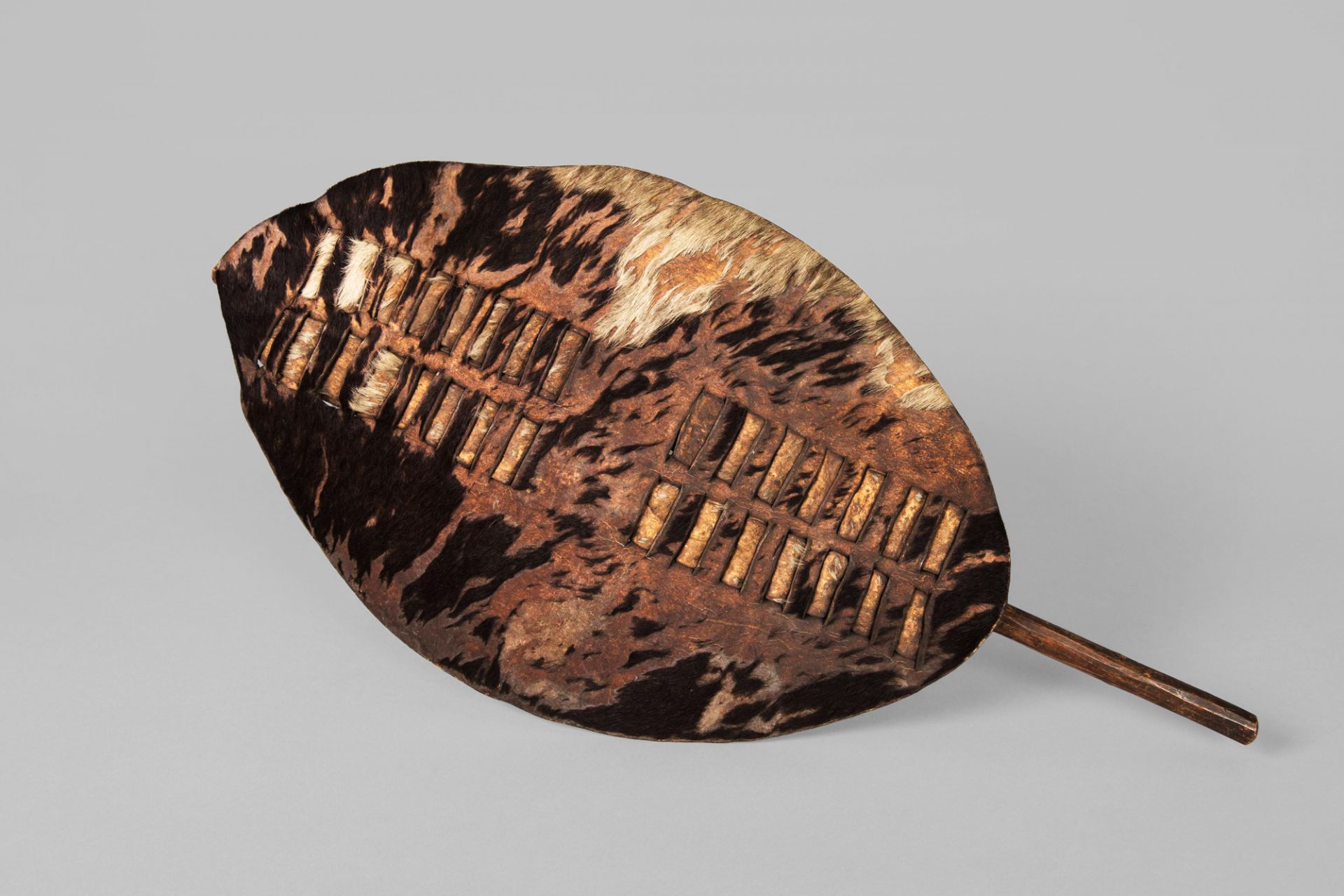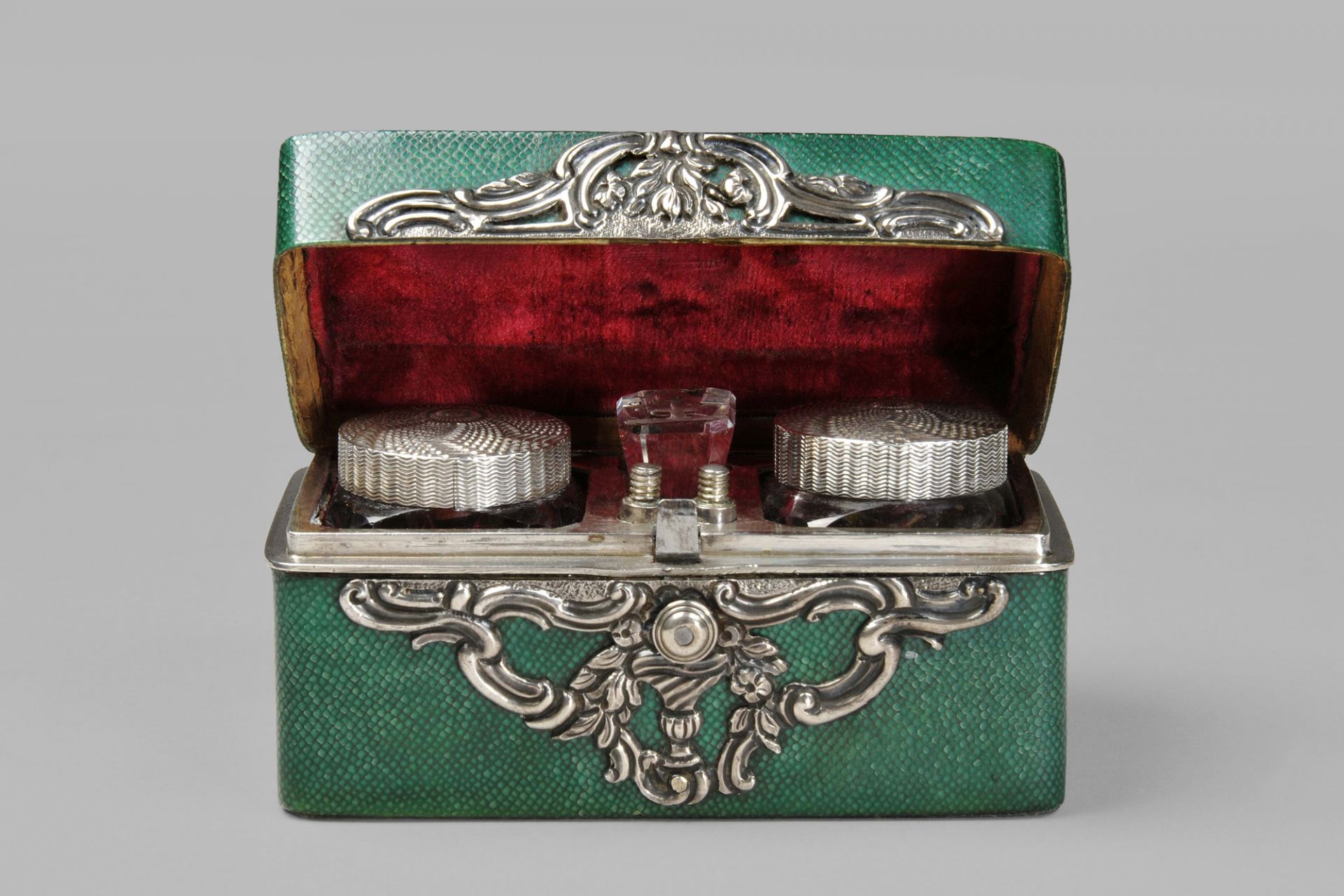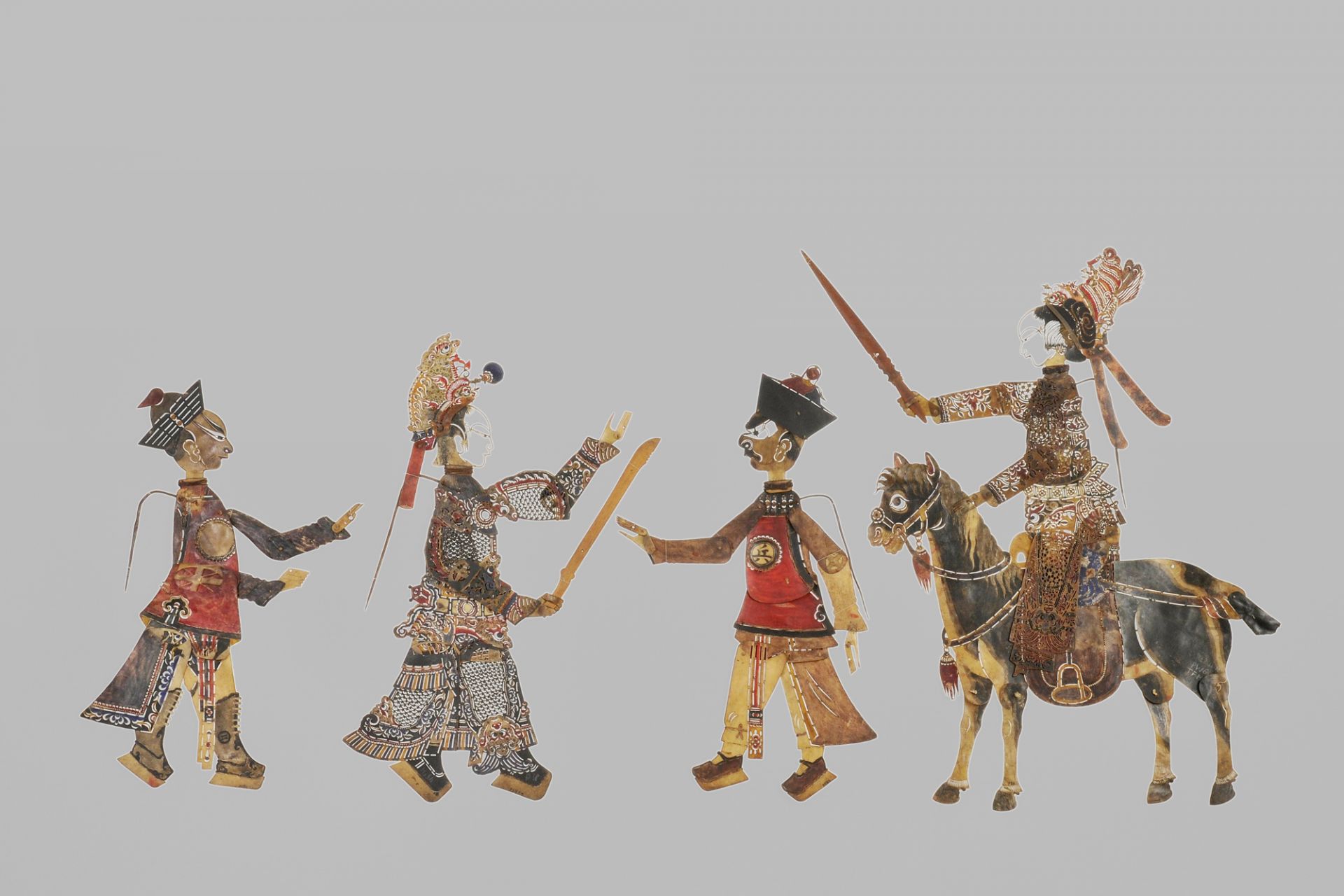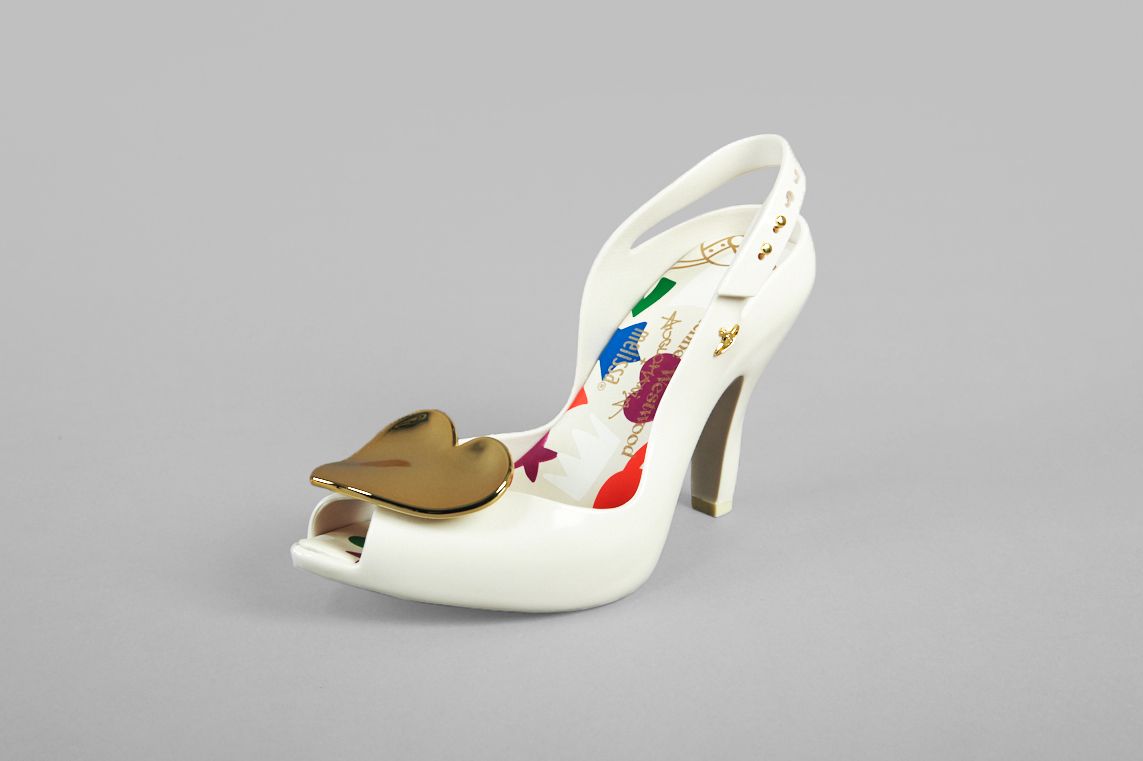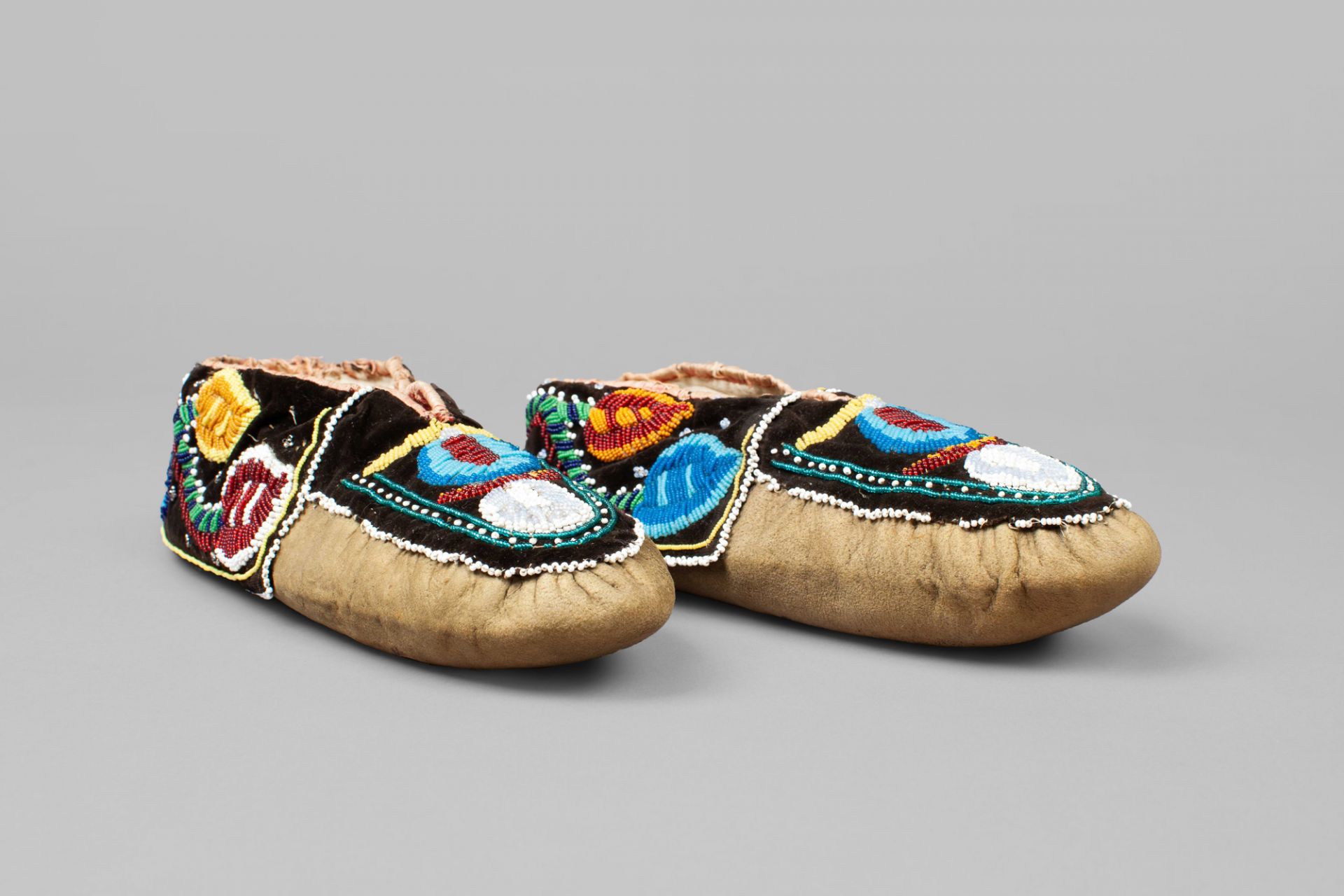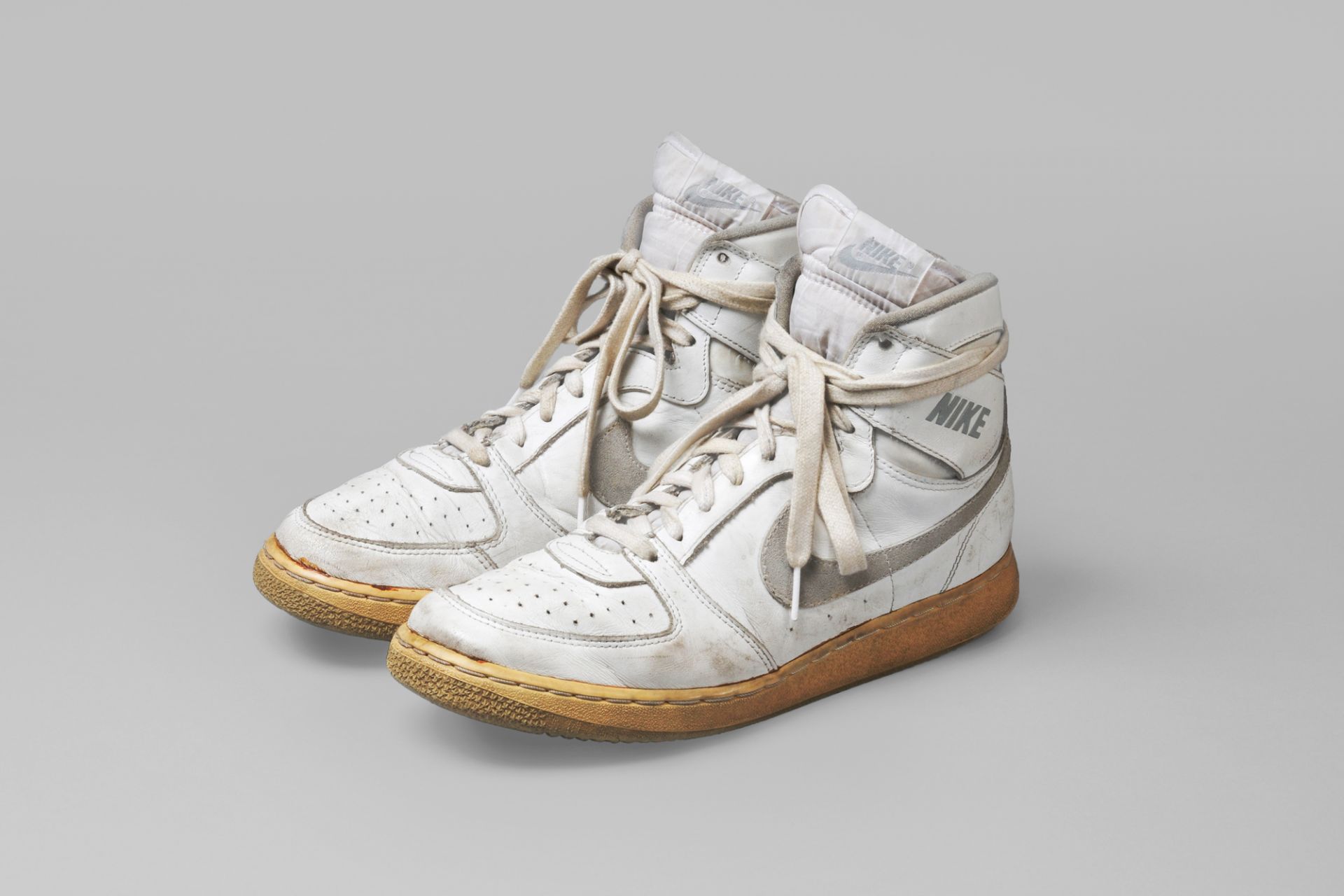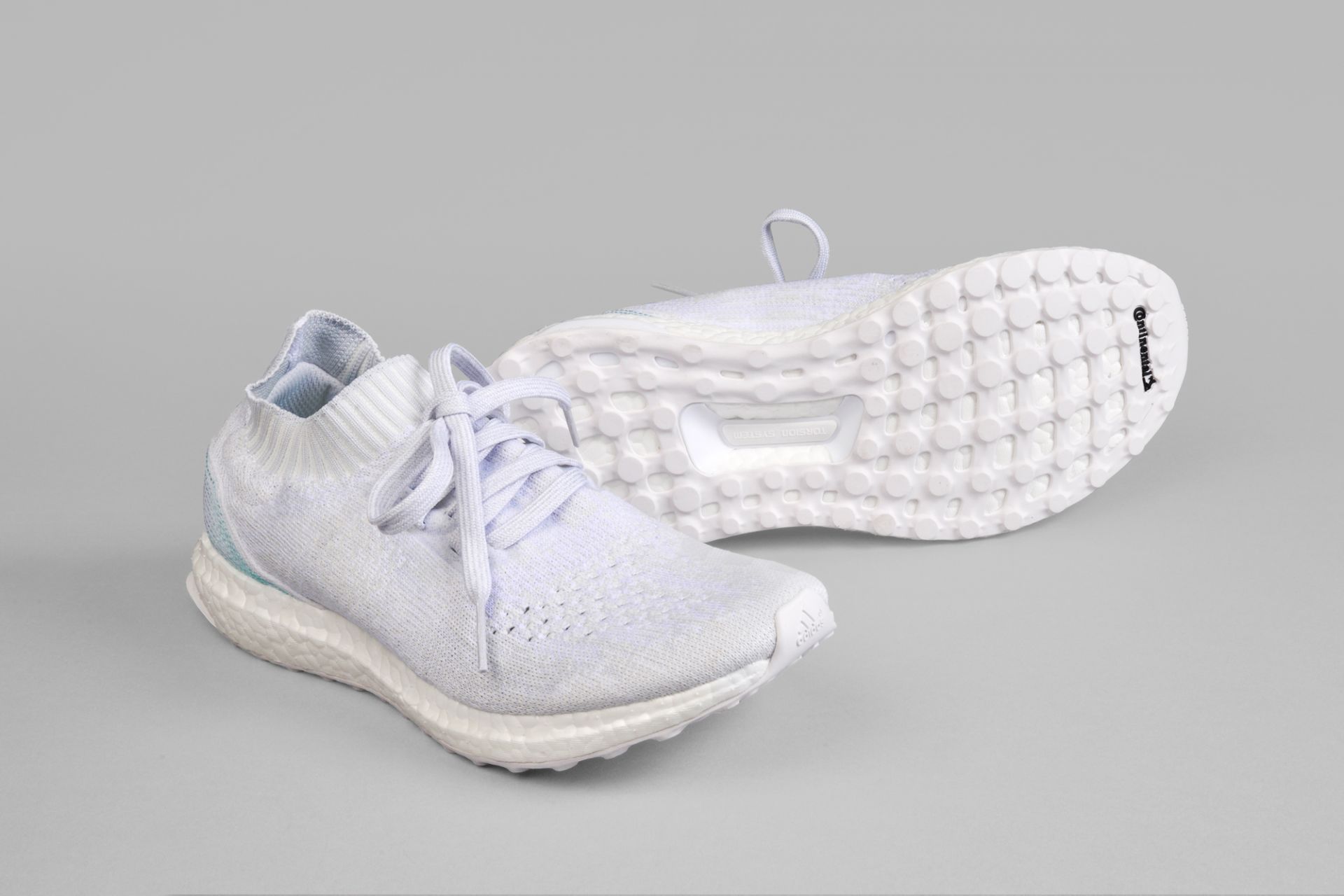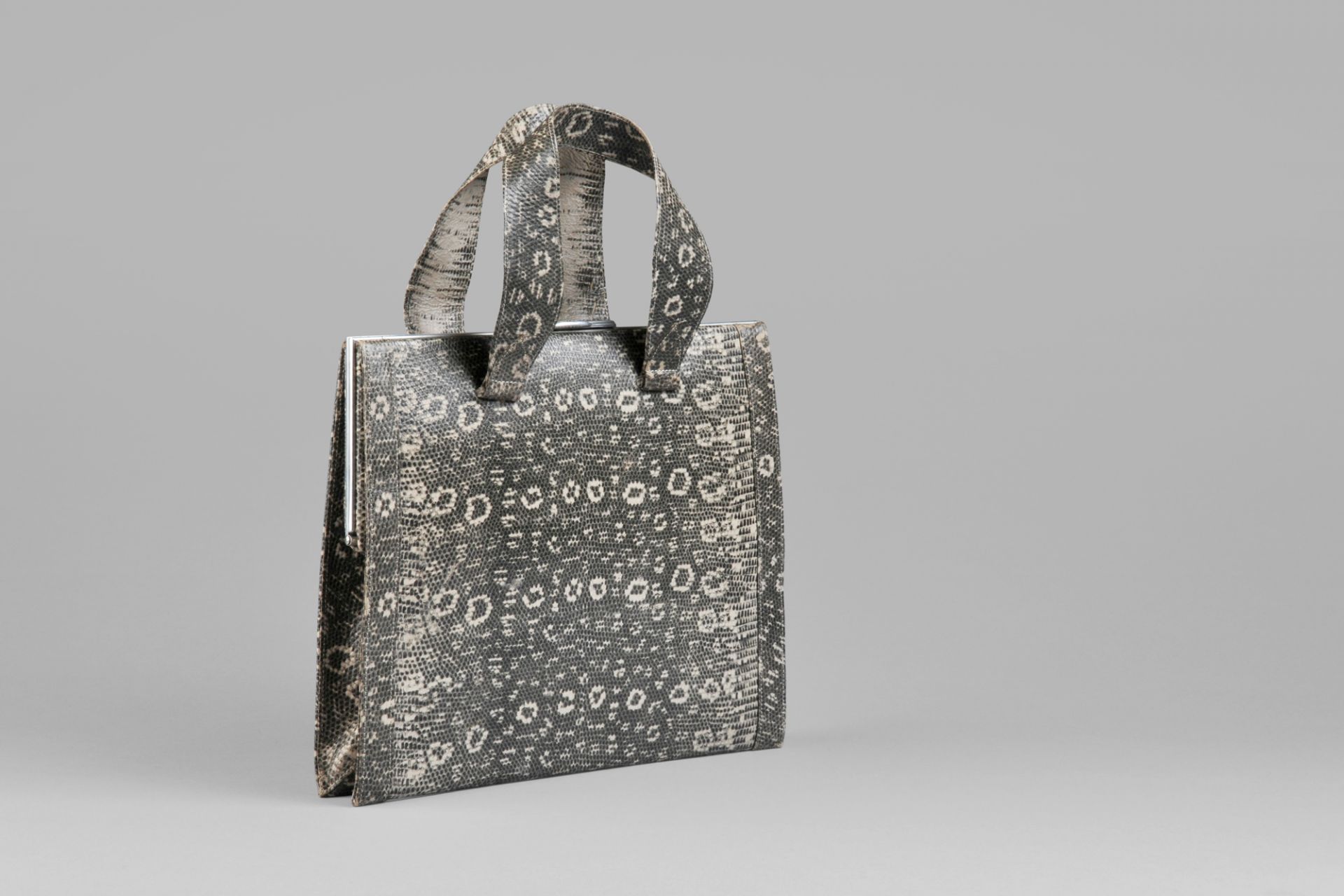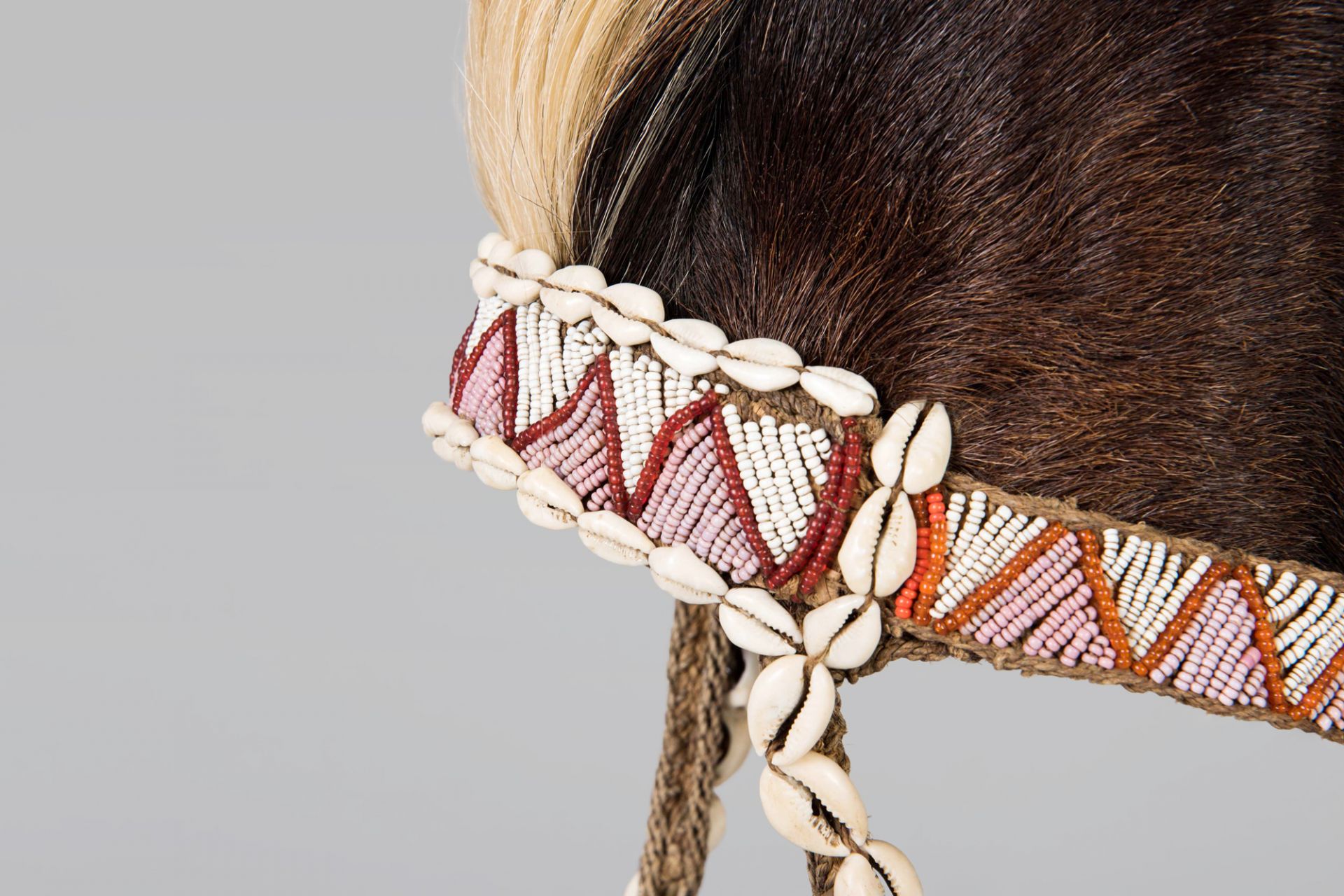Collection
Over the more than 100 years of the German Leather Museum’s existence, the institution has developed into an all-round museum on leather design; its collection documents and presents craftsmanship and artistic creativity across a period of six millennia. Today, the museum includes utility and luxury items ranging from arts, crafts and design to fashion, and even objects relating to everyday culture.
Starting with the oldest exhibit, an Egyptian receptacle dating from the fourth millennium B.C., the collection ranges from slip cases and lover's boxes, samurai armor and African shields to artistically crafted luxury objects such as gilded leather wallpaper from the homes of the 17th and 18th century noblemen and upper classes and even objects made of vegan and substitute materials similar to leather. Prestigious showpieces from courts, functional everyday items, clothing and traditional costumes, tools and objects of religious and ceremonial significance, along with items relating to hunting and warfare complete the collection. A comprehensive bag and purse collection portrays the development of the latter items from the end of the Middle Ages right up to the present day. Something else worthy of a mention is the great variety of shadow-play figures from Asia made of parchment and rawhide.
A Special Collection of International Repute – Deutsches Schuhmuseum, the German Shoe Museum
One particular highlight is the German Leather Museum’s high-caliber shoe collection, consisting of more than 10,000 exhibits made from different materials and not only from leather. Alongside creations by reputed designers such as Beth Levine, Roger Vivier and Vivienne Westwood, the collection’s unique inventory assembles footwear dating from four millennia and traces the development and significance of footgear. Boots from the days of the Roman Empire, Venetian platform soles from the late 15th century, moccasins with embroidered beading from North America and platform sandals for Turkish bath from Damascus are as much part of the spectrum of shoes as the elegant silk boots once in the possession of the Empress Sissi of Austria and a pair of trainers belonging to Joschka Fischer, the ones he was wearing when he was sworn in as the first Hessen Minister of the Environment for the Green Party back in December 1985. Vegan sneakers made of recycled plastic garbage are also to be found in the inventory. Sample specimens, shoe lasts and shoemaker’s tools, equipment typical of the shoemaker’s guild, illustrations, and posters represent complementary material on this important field.
The First Object and the Idea for a Universal Museum
The starting point for the German Leather Museum’s collection was the personal purchase of three leather objects in South Tyrol by architect and later Museum founder Hugo Eberhardt (1874–1959) during a vacation in South Tyrol in 1912. A baroque case with ornamental leather carving dating from the 16th century and two other smallish leather objects represented the original idea behind a museum which was to devote itself exclusively to the material that is leather.
In 1917, Hugo Eberhardt established a collection for teaching pureposes and to act as specimens at the Technische Lehranstalten (nowadays the University of Art and Design (HfG) Offenbach), where he had been the director since 1907. The collection was aimed at the specialist class in leather for the artisanal branch. Historical collections of archetypes of this kind date back to the mid-19th century and were often to be found at vocational schools and schools of arts and crafts, which were frequently associated with the genesis of museums of arts and crafts or applied art. The collection belonging to the German Leather Museum also followed in this tradition.
With the founding director’s intention in mind, from the very outset, the concept behind the collection did not restrict itself to locally produced goods, but had a global orientation. Over the course of the past 100 years what has come into being is a unique and multifaceted collection of objects from various different eras and from all parts of the world.
Leather as a Material
Leather is a versatile material obtained by tanning untreated animal hides. In the tanning process the skin is preserved, but without losing its characteristics such as its suppleness, elasticity and tensile strength. In principle, all animal pelts and skins, even those of fishes, amphibians and birds can be tanned. However, it is most frequently the skin of mammals such as cattle and sheep that is processed for leather production. The leather of snakes, lizards and crocodiles is known as reptile leather and, following the Washington Agreement, which was signed by Germany in 1976, such skins can only be traded in special circumstances.
Quite apart from the individual appearance of each skin, the material that is leather offers great scope for design, from the dyeing process all the way to special artistic methods of decorating leather such as embossing, gilding, ornamental leather carving, relief and mosaic techniques.
Known as 'related materials', these substances comprise not only rawhides – depilated and dried, but not tanned animal skins such as parchment and intestine – but also pelts that have been dressed to make furs. The plumage of birds also counts as a related material. Objects made from these raw materials are as much part of the collection as other exhibits made of animal components such as silk, bone and mother-of-pearl.
The German Leather Museum is also home to exhibits made of 'alternative materials', the appearance and characteristics of which imitate leather or replace it with vegan alternatives. However, it is not so much the case that the collection focuses on synthetic leather substitutes, but that it instead presents innovative materials made either of recycled plastics or of natural ingredients. The collection comprises, for example, objects made of biodegradable materials such as paper, cork, fungus, Piñatex® (pineapple fibers) eucalyptus and teak leaves.
Library
The German Leahter Museum has a scientific library with more than 8,000 media, which can be viewed on site for research purposes after prior registration.
Further information can be found on the website of the Frankfurt Museum Libraries.
